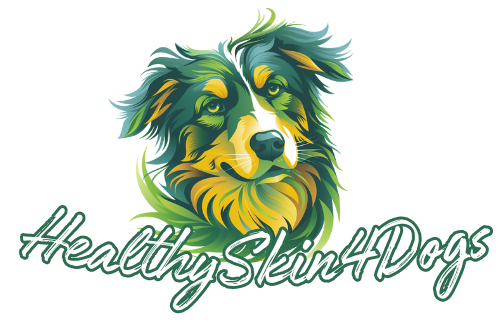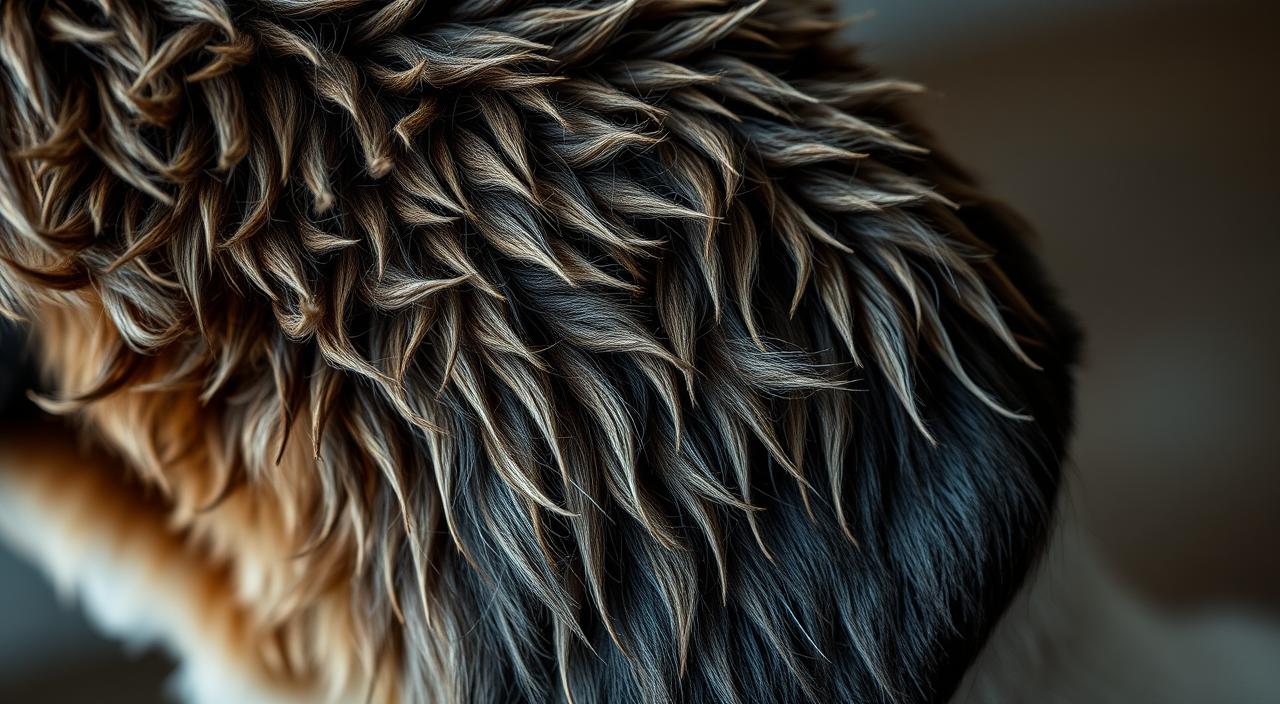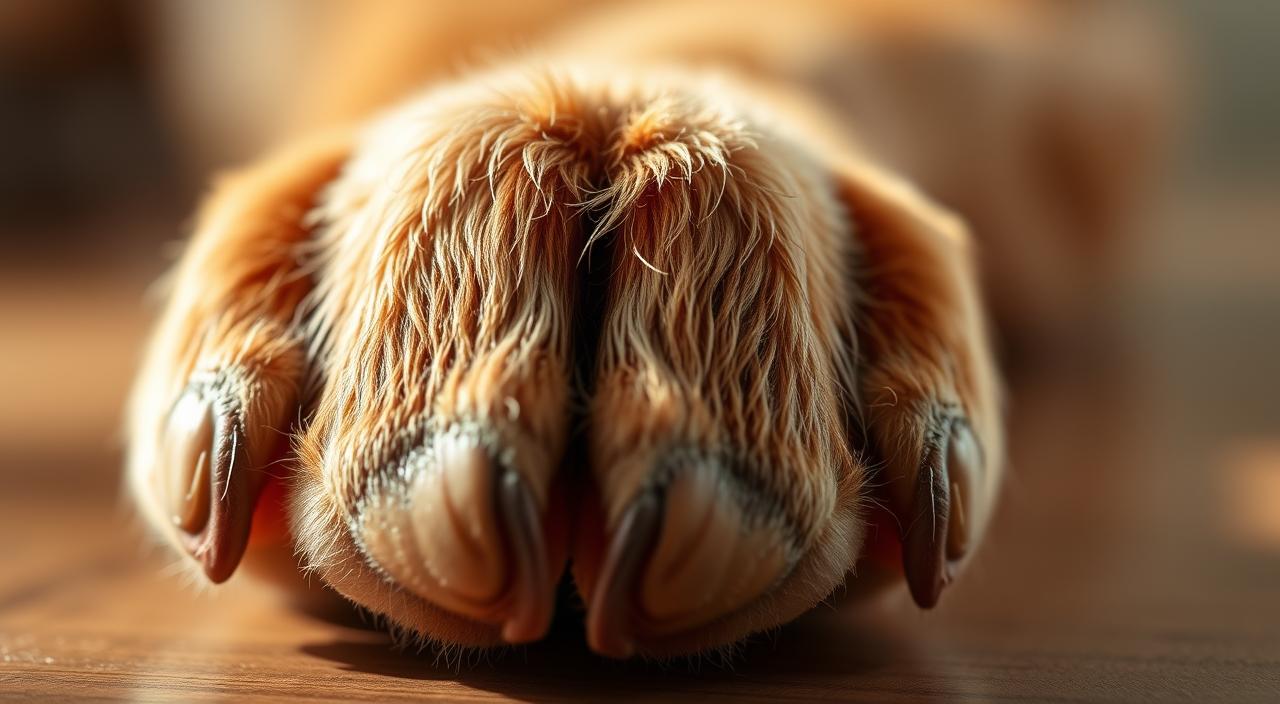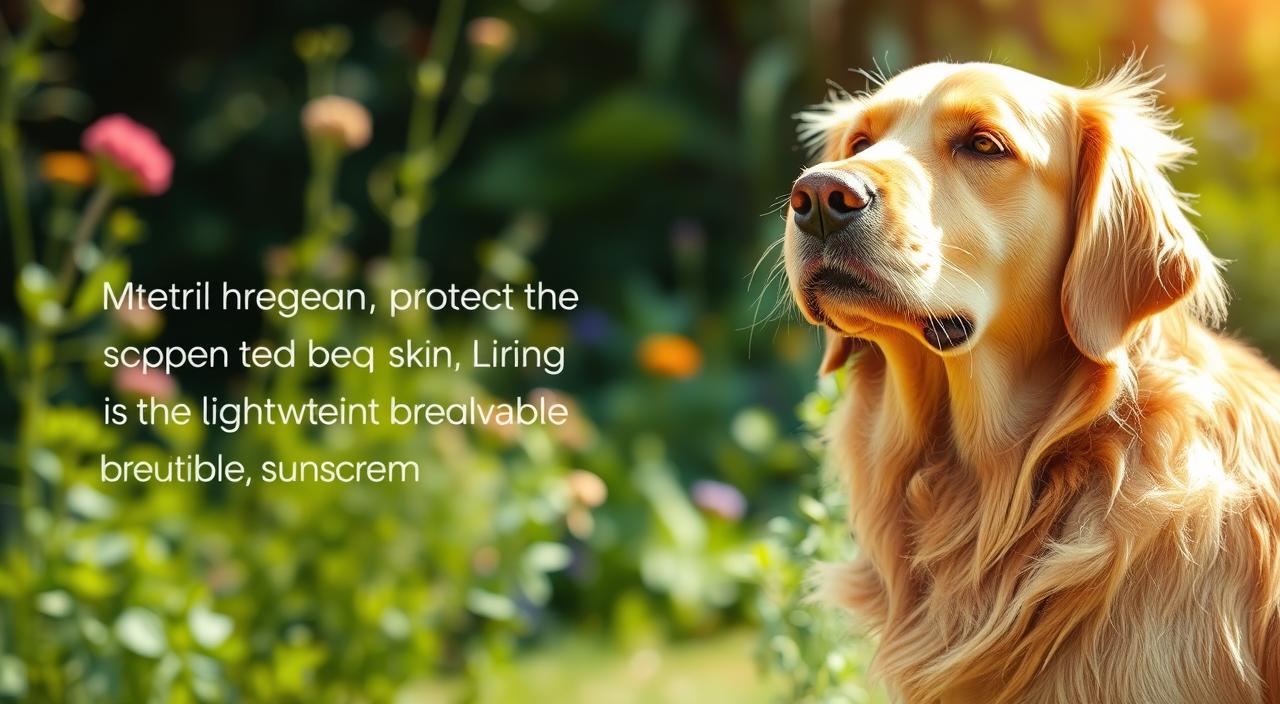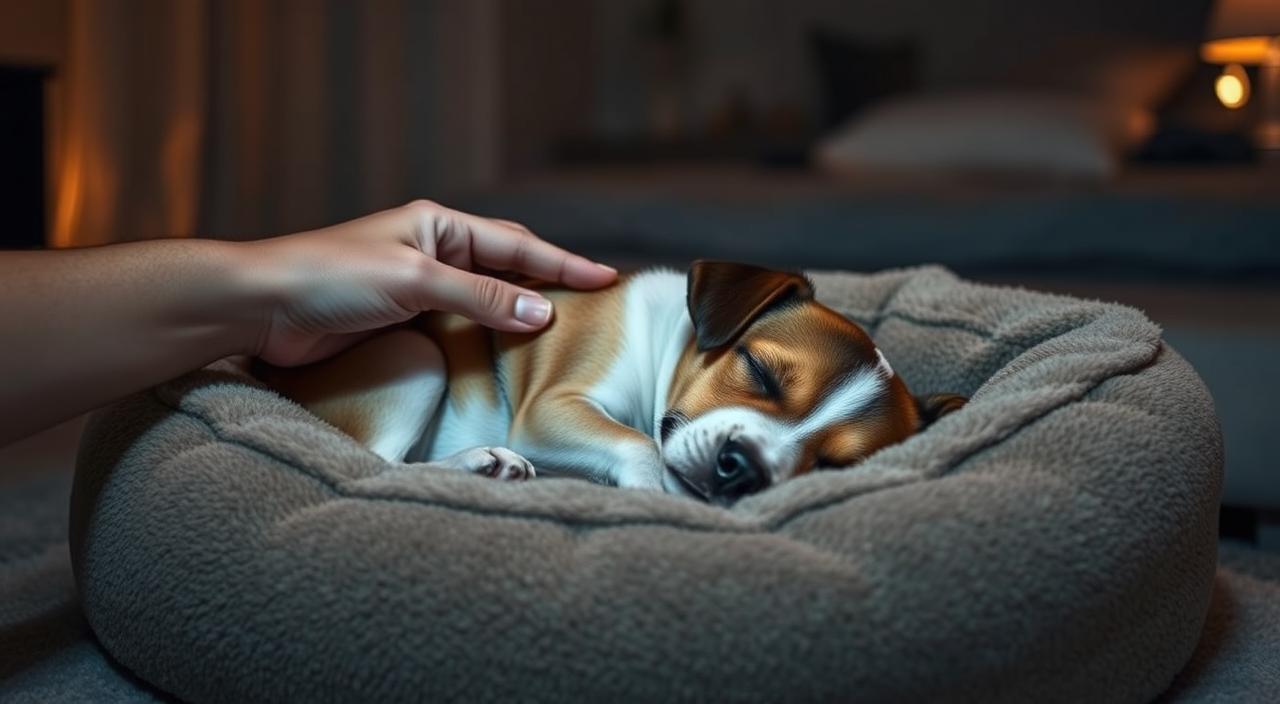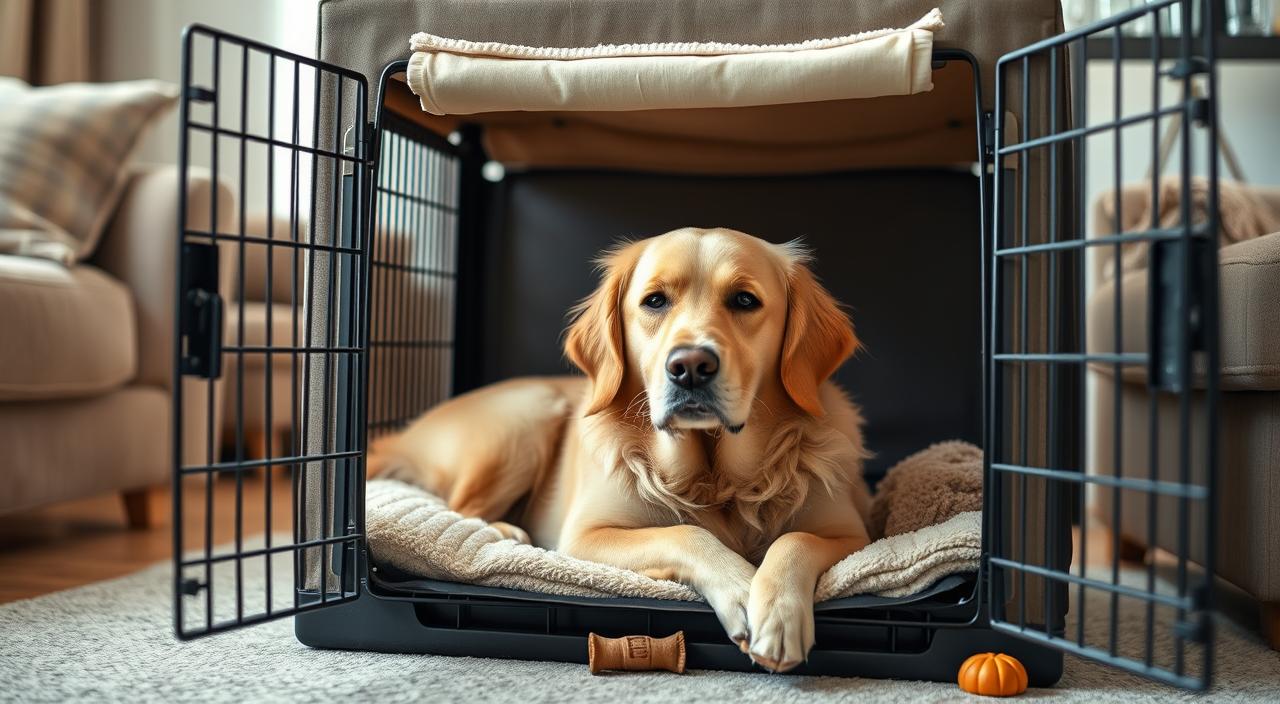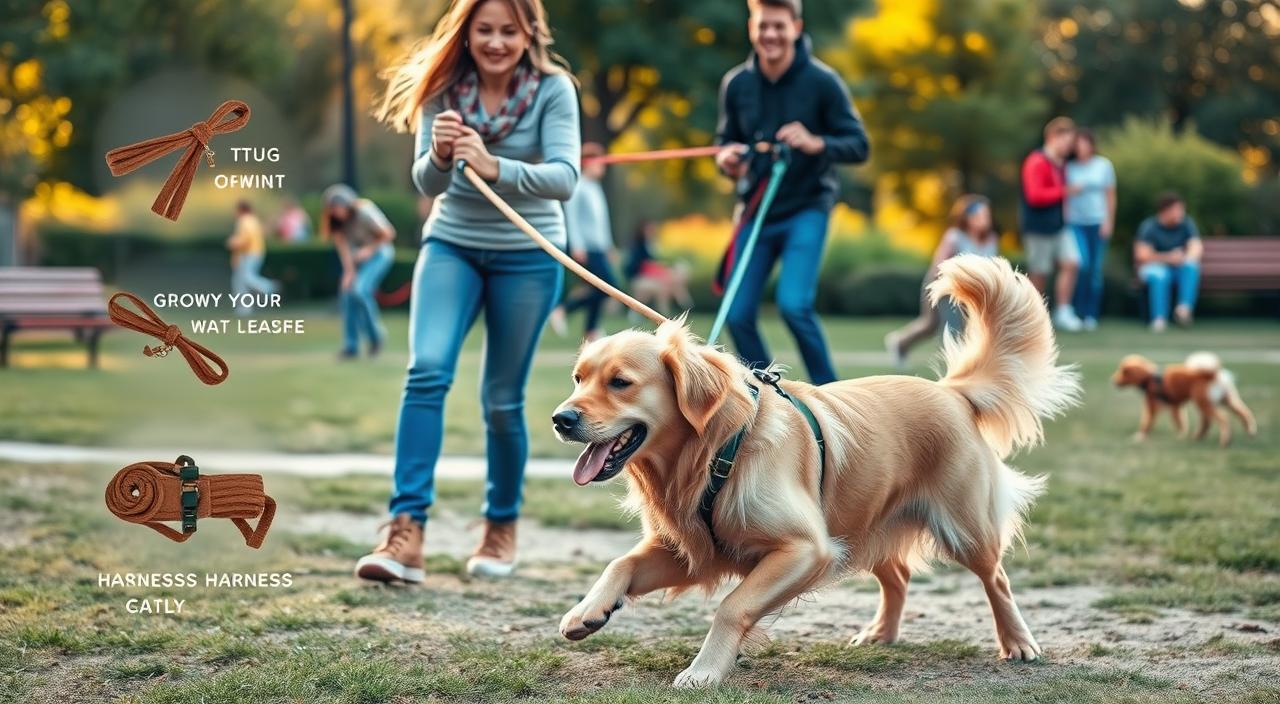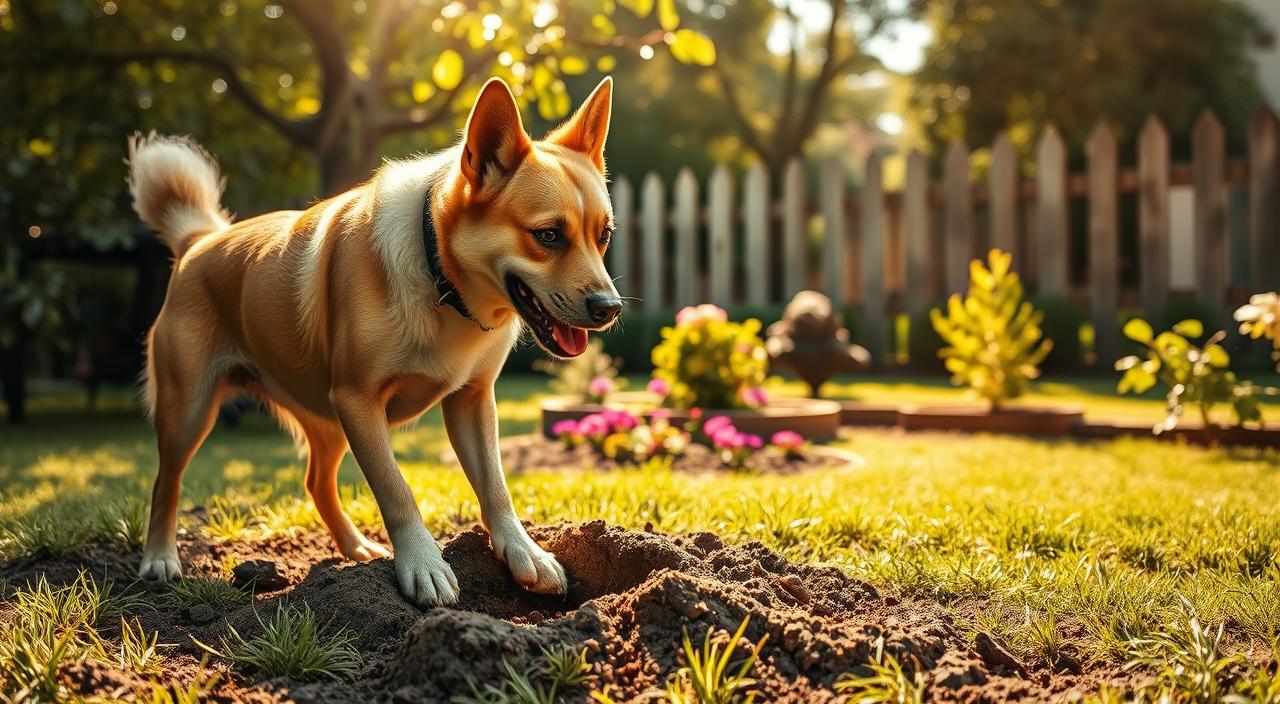You feel worried when your dog’s fur looks flat or lifeless, and that first sight often signals a deeper shift in health or nutrition. A shiny dog coat usually means good skin and balanced care, so spotting a dull coat early gives you a simple advantage: the right changes often help the coat recover in two to four weeks.
Start by checking basics: a quick bath can remove dirt that masks shine, and a gentle hand check shows if hair feels brittle or oily. Look for subtle signs on the skin—flakes, odor, or greasy residue—that point toward nutrition, overbathing, or medical issues like parasites.
Key Takeaways
- A flat, matte coat can be an early sign the body is shifting resources away from skin and hair.
- Wash and feel the fur first to tell real dullness from dirt or seasonal shedding.
- Check skin for flakes, odor, or grease—these hint at oil imbalance or infection.
- Review diet and bathing habits; protein and essential fats strongly affect coat looking glossy.
- Many coat problems improve within 14–30 days after correcting diet or treating minor issues.
Spotting the signs right now: what a healthy vs. dull dog coat looks and feels like
A simple hands-on check reveals whether a pet’s fur and skin are thriving or stressed.
Look first: a healthy dog coat appears even for the breed, with hair shafts that do not look broken. The fur lies as expected and has a neutral scent.
Then feel: soft, pliable hair and comfortable, hydrated skin mark good condition. Rough texture, brittle hair, or raised bumps point to a problem.
- Note odor: a persistent sour or yeasty smell suggests grease or microbial growth on skin.
- Check shedding: seasonal “coat blow” in some breeds can mimic a messy coat but usually resolves; a lingering dull coat does not.
- Wipe test: if a light rinse or wipe restores shine, surface dirt may be the cause.
- Watch environment: pollen, dust, and dry air can harm coat condition; gentle grooming removes irritants.
| Feature | Healthy | Concerning signs / Action |
|---|---|---|
| Appearance | Even for breed, soft sheen | Coarse, limp, flaky — brush and inspect skin |
| Texture | Pliable, not brittle | Brittle or broken hair — review diet and grooming |
| Odor | Neutral or faint natural scent | Persistent sour smell — check for grease or infection |
| Shedding | Normal seasonal patterns | Excess outside cycles — log grooming and consult vet if it continues |
why dog’s coat is dull: common causes you can check today
Several common triggers can rob a pet of natural shine—nutrition, grooming, parasites, and the home environment all play a role.
Start with quick home checks: look at food labels for protein and essential fatty acids, comb for pests, and feel for greasy or chalky residue on the body.
Nutrition gaps and fat balance
Incomplete dog food or a low-protein diet weakens hair. Amino acids and fatty building blocks give hair strength and sheen.
Not all oils help: poor quality fatty sources can worsen oily skin while low omega intake leaves the fur dry.
Grooming, shampoos, and bathing
Frequent bathing with harsh shampoos strips natural oils. Use a dog-specific shampoo and space washes to protect skin.
Parasites, anemia, and quick changes
Run a flea comb and watch stool for signs of worms. Parasite-driven anemia can change a puppy’s coat fast—sometimes within 48 hours.
Allergies, environment, and seasonal changes
Pollen, dust, and dry indoor air trigger itching and overgrooming. Double-coated breed shedding in certain months can look messy but often clears after a wash and brush.
Oily buildup and microbial risks
Greasy hands after patting suggest sebaceous overactivity. Oil and dead skin trap bacteria or fungus, which causes odor and skin problems.
- Quick at-home check: inspect hair ends—tapered tips signal healthy outer hair; frayed ends point to stress or poor care.
- Action tips: review diet, switch to gentle shampoo, and perform a flea check today.
| Cause | Signs | Immediate action |
|---|---|---|
| Nutrition/fatty gaps | Brittle hair, lack of sheen | Check dog food, add omega sources |
| Parasites | Itch, rapid change, fleas visible | Comb for fleas, consult vet for deworming |
| Overbathing/shampoo | Dry, straw-like hair | Reduce bathing, use dog shampoo |
Feed for a healthy coat: diet upgrades, natural oils, and smart supplements
Daily food choices give the skin and hair what they need to stay strong and glossy. Protein and essential fats form the structural base for a resilient skin barrier and a visible shine. Small diet shifts often show improvement in a few weeks.
Choose complete dog food with quality animal fats
Start with a complete dog food that lists named animal proteins first. Look for clear animal fats such as chicken fat or salmon oil. These fats tend to be more bioavailable than many plant oils and deliver the fatty building blocks dogs need.
Fish oil and omega-3s
Fish oil supplies EPA and DHA — types of omega-3 fatty acids that calm skin inflammation and improve texture. A measured amount added to food can change skin comfort and coat shine over several weeks.
Biotin and zinc for hair and skin
Biotin supports hair strength and renewal. Zinc helps maintain the skin barrier and immune defenses. Both are common in balanced foods and as supplements when diet alone falls short.
Reading ingredients and portion guidance
Read labels: choose named fish and animal oils, not vague “animal fat” or filler oils. Match calories and fat amount to activity level to avoid under- or overfeeding.
- When to supplement: consider fish oil, biotin, or zinc if changes to dog food do not improve skin or coat within a month.
- Track results: note shine, shedding, and skin comfort to judge progress.
| Focus | What to look for | Practical action |
|---|---|---|
| Protein | Named animal source first (chicken, beef, lamb) | Switch to a complete food with quality protein |
| Fats | Chicken fat, salmon oil, named fish oils | Choose foods with animal-sourced oil; add measured fish oil if needed |
| Micronutrients | Biotin, zinc listed in guaranteed analysis | Prefer complete foods; supplement when vet recommends |
Bathing and grooming that help (not hurt) your dog’s skin and coat
A gentle grooming routine protects skin balance and helps hair look healthier. Start with a clear plan: set how often to bathe, pick mild products, and build a short brushing schedule.
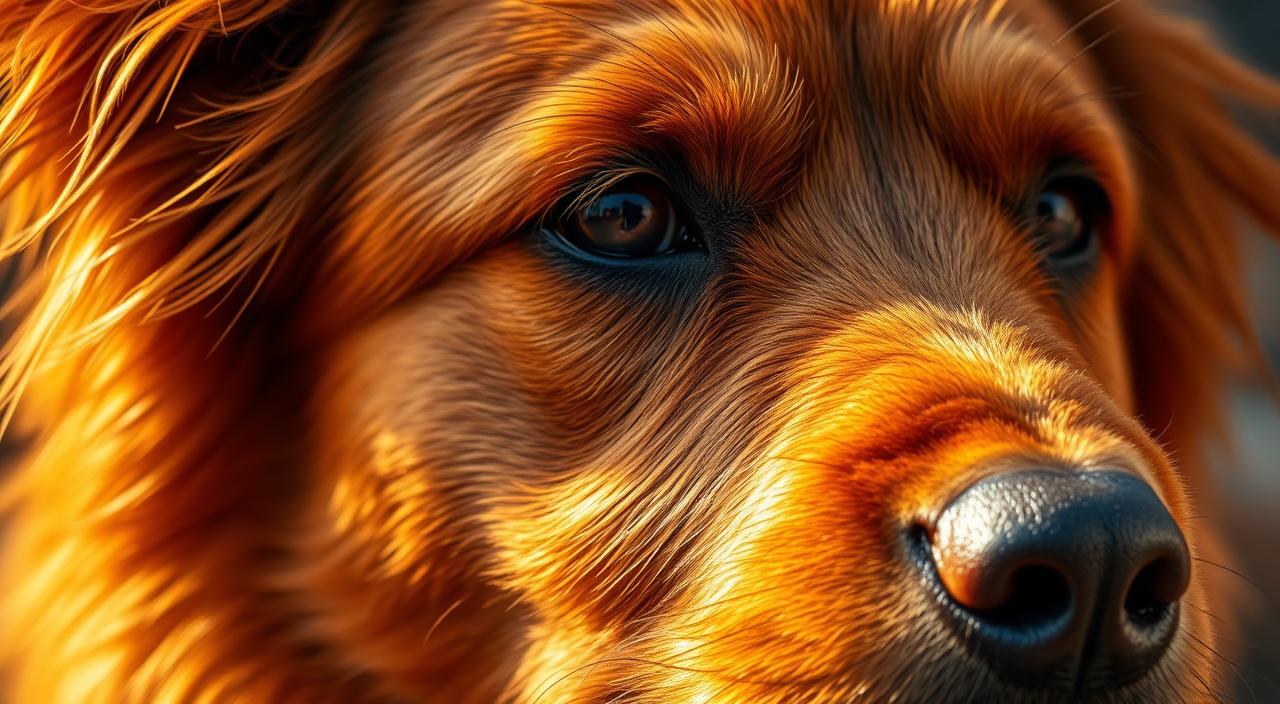
How often to bathe to protect natural oils
Many dogs do well with a monthly bath. Some need weekly washes for heavy oil or active outdoor play. Others can go longer if they live mostly indoors.
Avoid needless baths that strip natural oils. Use a single deeper clean for heavy grease, then return to a gentler cadence.
Use dog-specific, fragrance-free shampoos and add conditioner when needed
Choose hypoallergenic, fragrance-free shampoos made for dogs to respect skin pH and lower irritation. Add a light conditioner when hair feels dry after rinsing.
Rinse thoroughly with lukewarm water to remove all product. Gentle rinsing keeps skin comfortable and helps hair lie flat.
Brushing routines that redistribute oils, reduce dirt, and prevent matting
Brush before bathing to remove loose hair and dirt. Brush again after drying to smooth cuticles and spread natural oil.
- Set short brushing sessions 3–4 times weekly for most dogs.
- Use a tool suited to the hair type to prevent breakage and mats.
- Pat dry after the bath; avoid vigorous rubbing and high heat.
| Task | Why it helps | Quick action |
|---|---|---|
| Bath cadence | Protects natural oils | Monthly or adjust by need |
| Product choice | Respects skin pH | Fragrance-free dog shampoo + conditioner |
| Brushing | Redistributes oil, removes dirt | 3–4 short sessions weekly |
Track results for a few weeks. If odor, grease, or flakes persist despite better grooming, reassess products and timing or consult your veterinarian.
For extra shedding control and routine tips, see reduce shedding.
When dull turns into a vet visit: medical red flags and timelines
If a dog shows a rapid change in fur, note timing, location, and any added signs like itch or odor. Quick action helps separate minor care issues from true medical problems.
Sudden changes, excess shedding, itch, odor, or greasy buildup
Escalate promptly for fast shifts: a suddenly dull coat, strong smell, greasy film, or intense scratching needs checking. These signs can point to infection, parasites, or immune problems.
- Rapid loss of fur or severe itch: call the vet to rule out infection or parasites.
- Strong, persistent odor or oily residue: suggests microbial overgrowth or seborrhea needing treatment.
- Excess shedding outside normal months: document and seek advice if it continues.
Mange, ringworm, and seborrhea — what to watch for
Demodectic mange often appears as small, local hairless patches in young dogs. It can improve as immunity strengthens, but monitoring matters.
Sarcoptic mange begins on thinly haired areas — ears, elbows, abdomen — and spreads. This form is contagious and usually requires prescription care from a veterinarian.
Ringworm can show circular, expanding bald spots. Some cases clear slowly, but a vet exam prevents spread and guides treatment.
Flea control, deworming, and recovery window
Keep flea prevention current and follow deworming schedules. Parasite-driven anemia and body stress can worsen coat and energy fast.
| Condition | Signs | Action & expected time |
|---|---|---|
| Demodectic mange | Localized hair loss, mild inflammation | Monitor; vet if spreads — recovery often weeks to months |
| Sarcoptic mange | Intense itching, widespread rash | Vet diagnosis and meds; improvement in 14–30 days |
| Ringworm / seborrhea | Ring lesions or oily flaking | Topical or systemic treatment; notable change within 14–30 days |
Track weekly photos in similar light and note comfort and shedding. With correct diagnosis, parasite control, and care changes, many dogs regain visible coat and skin health in about 14–30 days; complex cases may need more time or specialist care.
Your step-by-step plan to get your dog’s coat looking healthy again
Simple, focused actions taken today make the biggest difference for a recovering coat. Follow a short reset, then move to steady food and grooming changes. Track progress over time so small wins are clear.
Quick reset: gentle bath, thorough brush, and immediate parasite check
Start with a soft bath using a fragrance-free, dog-safe shampoo. Rinse thoroughly and towel dry gently.
Brush fully after drying to remove loose hair and smooth natural oils. During drying, inspect skin for flea dirt, live fleas, or irritated spots and treat or call the vet if found.
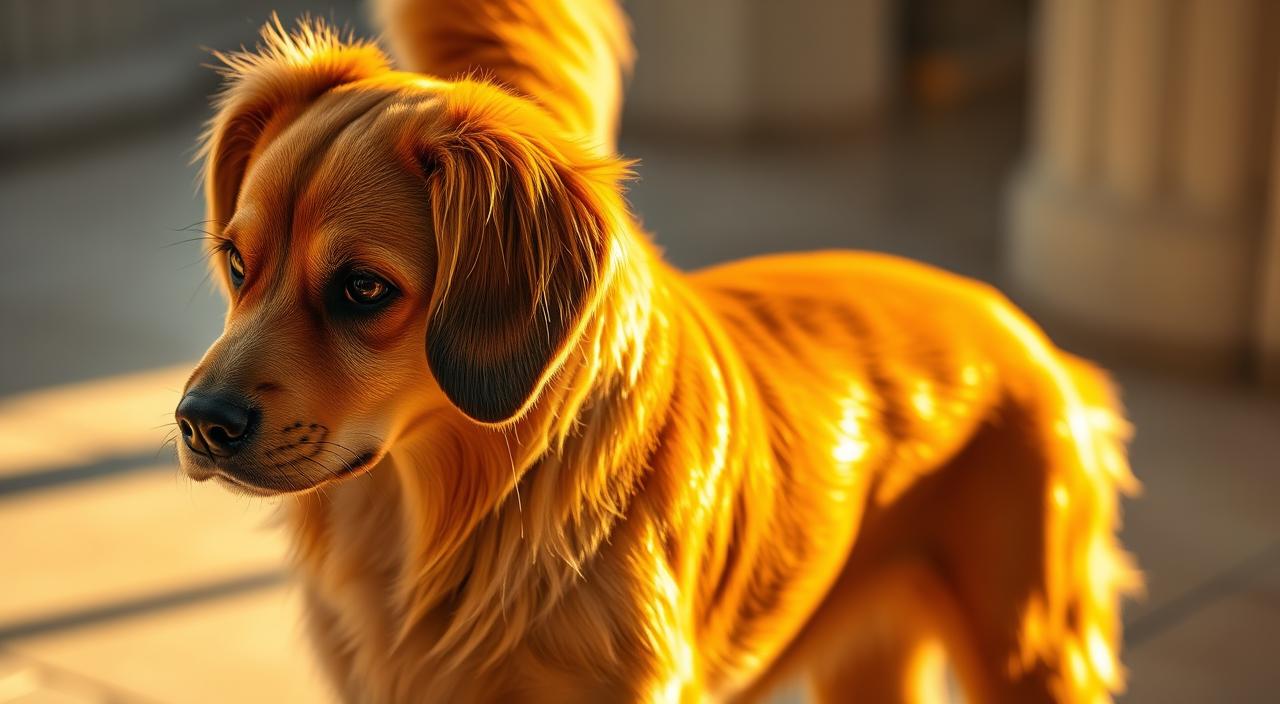
Next moves: upgrade food, add fish oil, and set a realistic grooming schedule
Within the week, switch to a complete dog food that lists a named animal protein and quality animal fat. Add fish oil as directed to support skin comfort and shine.
Consider supplements like zinc and biotin if recommended by a veterinarian. Set a grooming plan: brush 3–4 short sessions weekly and schedule baths to protect natural oils.
- Start today: bath, brush, parasite check.
- This week: change food, add fish oil, discuss supplements.
- Ongoing: weekly brushing, timed baths, monthly reassessments.
| Action | When | Expected benefit |
|---|---|---|
| Gentle bath + brush | Day 1 | Removes dirt, reveals skin condition |
| Parasite inspection | Same day | Stops ongoing irritation and odor |
| Upgrade dog food + fish oil | Within 7 days | Improves hair strength and shine over time |
| Grooming schedule | Weekly / monthly | Maintains natural oils and prevents buildup |
Track odor, shedding, and skin comfort. With consistent care and proper food, many dogs show visible improvement within a few weeks. If progress stalls or new signs appear, consult your veterinarian for targeted treatment.
Conclusion
A clear plan — better food, targeted fish support, and gentle grooming — helps most dogs regain shine and comfort within a few weeks.
Focus first on a balanced diet with quality animal fats and the right fatty acids. Add measured fish oil if advised to support skin and hair from the inside out.
Keep grooming simple: regular brushing, spaced baths, and parasite control protect natural oils and speed recovery. Check progress by feel, odor, shedding, and overall comfort.
Environment and breed affect how glossy a coat looks, so judge change by resilience rather than perfect shine. If improvement stalls, partner with your vet for targeted tests and treatments.
Small, steady steps in food, oils, and grooming usually restore a healthy coat and happier pooch in short time.
